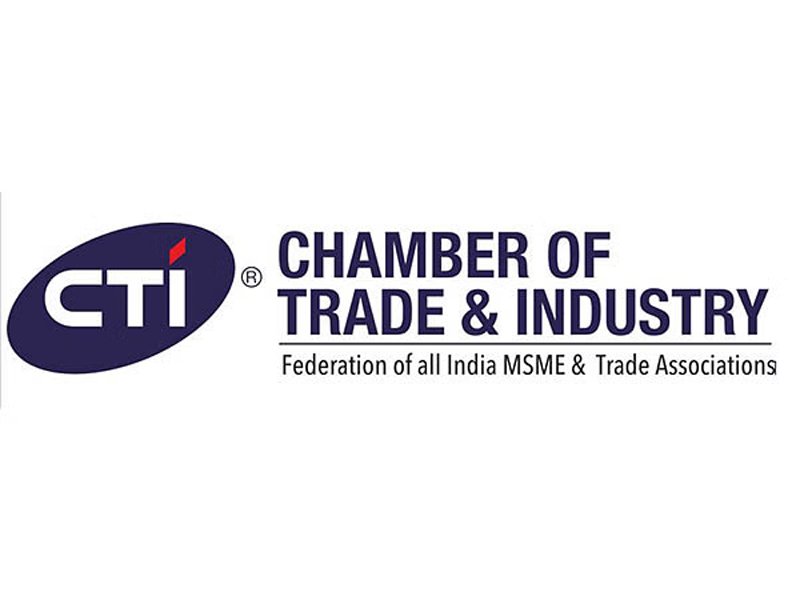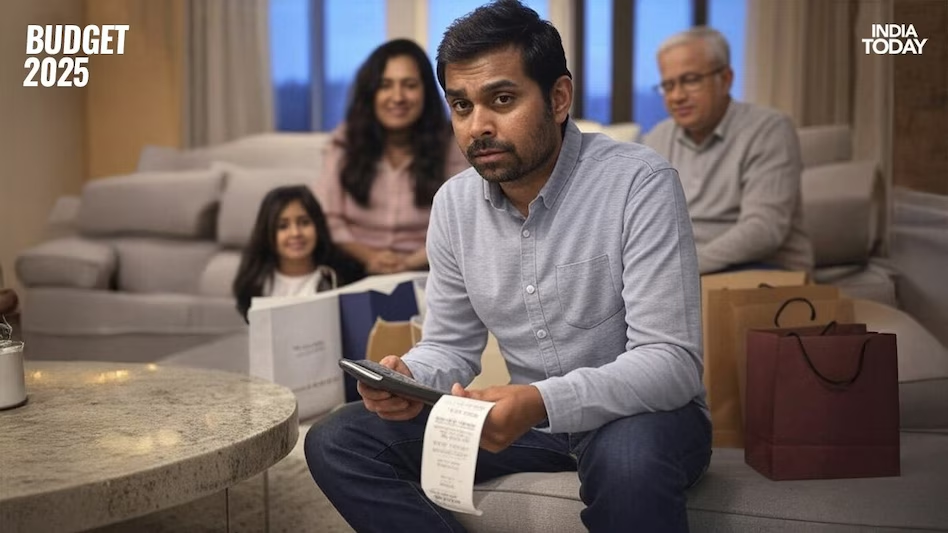Affordability and Health Insurance in India: India has made substantial strides in expanding access to healthcare, but achieving Universal Health Coverage (UHC) remains a challenge due to gaps in insurance coverage among key population segments. The government of India has adopted a four-pronged strategy to address this: strengthening public healthcare infrastructure, mandating insurance for formal sector workers, offering publicly funded schemes for the bottom 40% of the population, and encouraging voluntary private insurance. Despite these efforts, a large section of India’s population, especially in the third and fourth income quintiles, remains uninsured. These groups often fall through the cracks—earning too much to qualify for public aid but not enough to afford private insurance.
A significant issue lies in the affordability of voluntary private health insurance. Premiums for these schemes tend to be prohibitively high for middle-income households that do not benefit from employer-sponsored or publicly funded insurance programs. According to Paul & Sarkar (2023), this leaves a considerable coverage gap, which the government must address if it hopes to provide truly universal healthcare. In line with the WHO’s 2010 assertion that access to affordable and quality healthcare is a fundamental right, efforts must intensify to ensure that every Indian household can avail essential healthcare services without falling into financial hardship.
Estimates by Mahal, Tiwari, Reddy, and Kane (2024) underscore the extent of current coverage. Pradhan Mantri Jan Arogya Yojana (PMJAY) accounts for 125 million households, state government schemes cover 45 million households, social insurance schemes like CGHS, ESIS, and ECHS extend to 34 million households, and private insurance (individual and group) covers 57 million households. Out of approximately 325 million households in India, this leaves about 68–80 million households uncovered due to overlap and eligibility constraints. Bridging this gap is essential not only for improving public health outcomes but also for reducing economic inequality.
Who Can Apply for Health Insurance in India?
Health insurance in India is segmented into multiple categories, each catering to different sections of the population:
- Public Schemes (e.g., PMJAY): Targeted at families below the poverty line.
- State Schemes: These may also include Above Poverty Line (APL) families depending on state-specific eligibility.
- Formal Sector Employees: Covered under mandatory schemes like CGHS, ESIS, and ECHS.
- Private Insurance: Open to all but primarily utilized by affluent and upper-middle-class citizens.
Households falling outside the purview of public schemes, especially in the third and fourth income quintiles, can apply for private insurance or explore state schemes with extended coverage.
Also read: Zentiva and Euractiv Unite Policymakers to Transform EU Health Policy
Insurance Fees and Premium Costs
Health insurance premiums vary widely:
- PMJAY: Fully funded by the government.
- State Schemes: Generally low or zero premium.
- Social Insurance: Contributions are made through payroll deductions.
- Private Insurance: Premiums can range from INR 5,000 to INR 25,000 per year depending on age, health conditions, and coverage options.
For middle-income households, finding an affordable plan can be challenging. It’s advisable to compare multiple plans, check for family floater options, and consider co-payment models to lower premiums.
How to Use Your Health Insurance Plan
Once enrolled, using a health insurance plan typically involves:
- Identification: Show your health card or Aadhaar-linked ID at the hospital.
- Cashless Facility: If admitted to an empaneled hospital, treatment is usually cashless.
- Reimbursement: For non-network hospitals, you may need to pay upfront and claim reimbursement later.
- Claim Process: Submit necessary documents such as discharge summary, prescriptions, and bills to your insurance provider.
Benefits of Having Health Insurance
Health insurance offers multiple benefits:
- Financial Protection: Prevents catastrophic healthcare expenditures.
- Access to Quality Care: Empaneled hospitals under schemes like PMJAY offer good quality services.
- Regular Check-Ups: Some private plans cover preventive check-ups.
- Tax Benefits: Under Section 80D of the Income Tax Act.
- Peace of Mind: Reduces stress during medical emergencies.
How to Apply for Health Insurance in India
For PMJAY and State Schemes:
- Visit the official PMJAY website or your state’s health portal.
- Use Aadhaar or Ration Card to check eligibility.
- Apply online or visit an empaneled hospital or CSC (Common Service Centre).
For Private Insurance:
- Compare policies on insurance aggregator websites.
- Choose a plan that suits your family’s needs.
- Fill out an online application or consult an insurance agent.
- Submit KYC and health documents.
- Pay the premium and receive your policy document.

Important Dates to Remember
- PMJAY Enrollment: Open year-round, but specific enrollment drives happen state-wise.
- Private Insurance: Open year-round, but some companies offer discounts during special campaigns (e.g., festive seasons).
- Renewal Period: Usually annual; set reminders to avoid lapse.
Disclaimer
This article is for informational purposes only. Readers should verify scheme details from official government or insurance provider websites. Eligibility criteria and premiums are subject to change. Always consult a qualified insurance advisor before purchasing a policy.
Affordability and Health Insurance in India Conclusion
India’s multi-layered health insurance framework has made significant progress in expanding access to healthcare. However, the glaring coverage gap for those in the third and fourth income quintiles remains a critical challenge. With millions still uninsured, achieving Universal Health Coverage will require targeted policy innovations that extend affordable insurance options to this underserved segment.
Government efforts through schemes like PMJAY have been instrumental, but much more needs to be done. Simplifying the application process, increasing awareness, and offering subsidies for voluntary insurance could help bridge the gap. Private insurers must also be incentivized to offer affordable plans for the middle-income population.
In the future, a unified national insurance platform that integrates various schemes could reduce overlaps and enhance efficiency. Digital health IDs and interoperable databases can also streamline service delivery and claims processing. The path to UHC in India lies not only in policy but also in execution and community engagement.
As India moves forward, prioritizing equitable access to health insurance will be key to ensuring that healthcare is a right for all, not a privilege for a few.
Affordability and Health Insurance in India FAQs
1. What is the main reason many Indian households remain uninsured?
Most uninsured households fall in the middle-income brackets that don’t qualify for government schemes and find private insurance unaffordable. The lack of tailored insurance products for this segment contributes significantly to the coverage gap.
2. Can middle-income families apply for PMJAY?
No, PMJAY is primarily for the bottom 40% of the population based on socio-economic criteria. However, some state schemes do extend coverage to APL families. It’s best to check individual state guidelines.
3. What are the tax benefits of health insurance in India?
Under Section 80D of the Income Tax Act, individuals can claim deductions up to INR 25,000 for premiums paid (INR 50,000 for senior citizens). Additional deductions are available for policies covering parents.
4. Is private insurance better than government schemes?
Each has its pros and cons. Government schemes offer basic coverage at little or no cost but may have limited hospital options. Private insurance offers wider coverage and hospital choice but comes at a higher cost.
5. How can I check if I’m eligible for PMJAY?
You can check your eligibility by visiting https://pmjay.gov.in and entering your Aadhaar or mobile number. Eligibility is determined based on SECC 2011 data.




One thought on “Affordability and Health Insurance in India: A Comprehensive Guide”